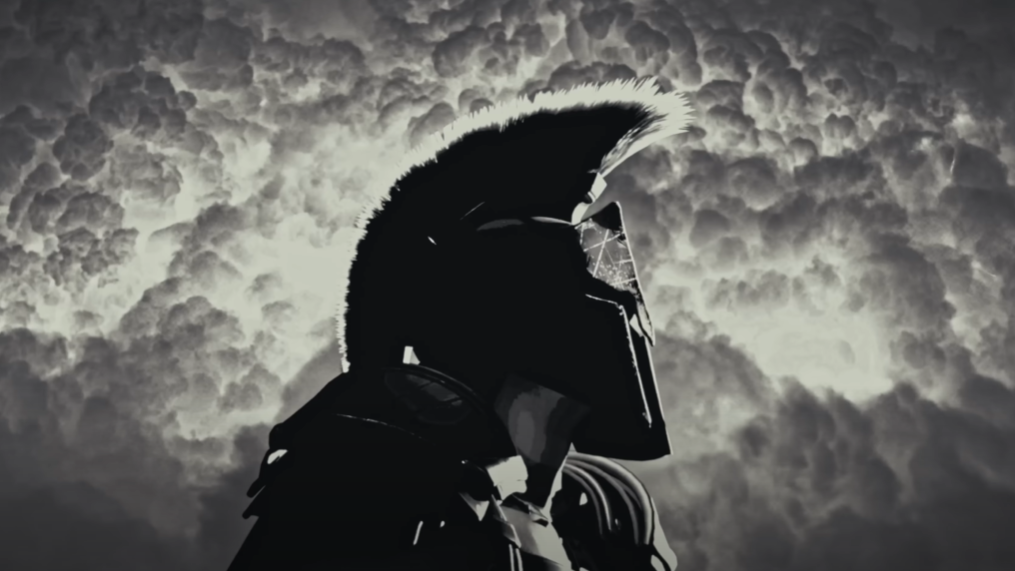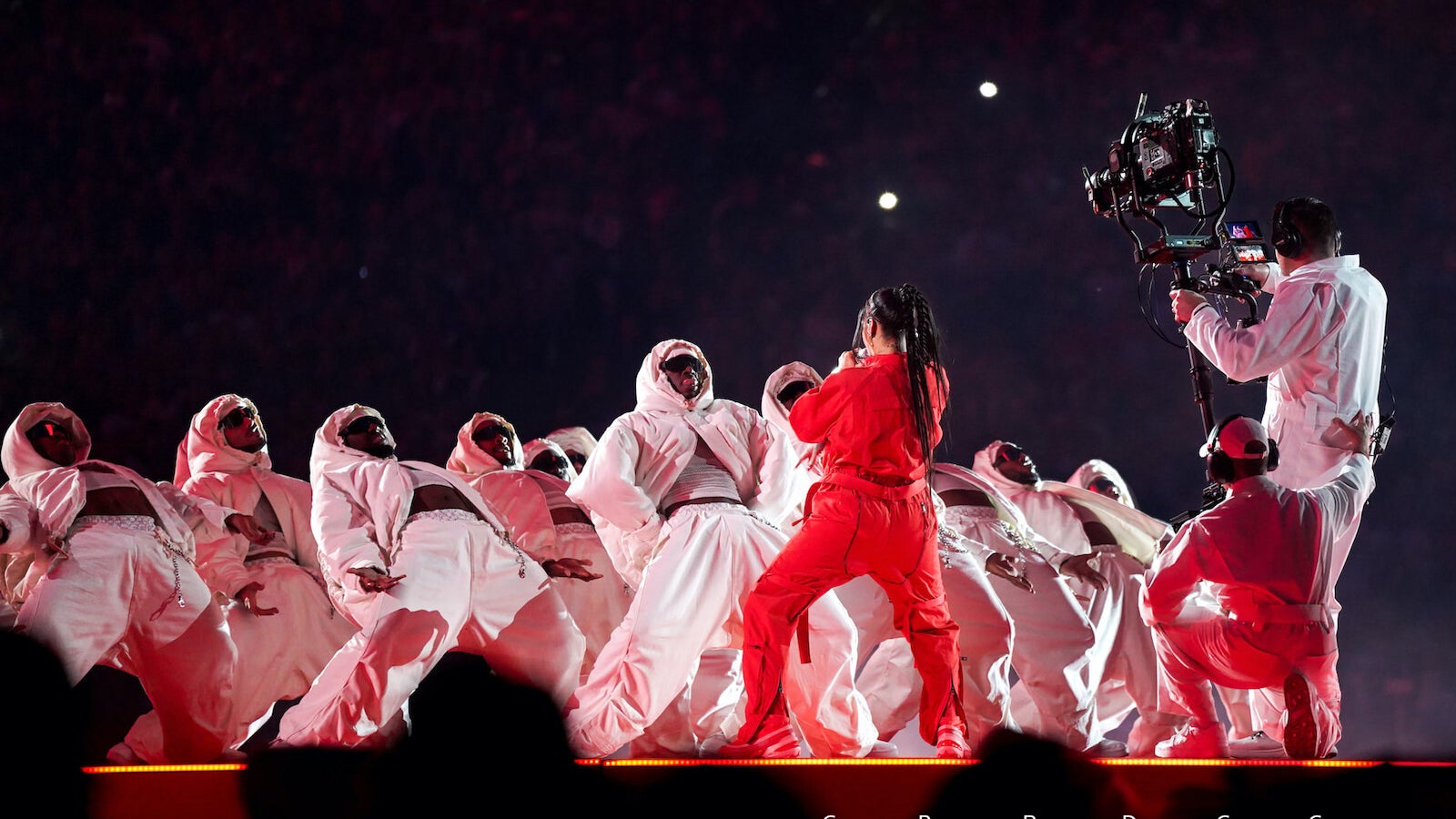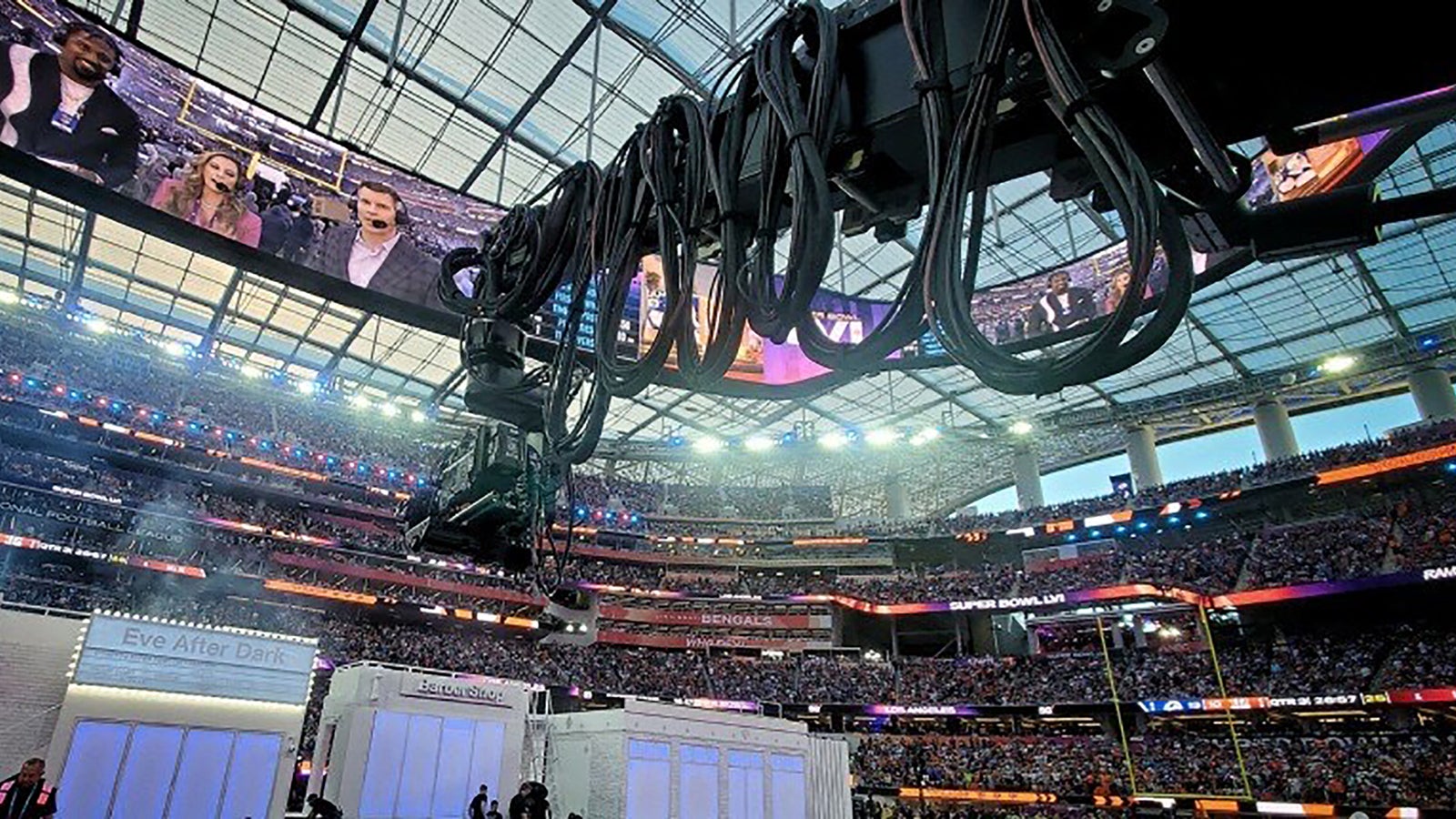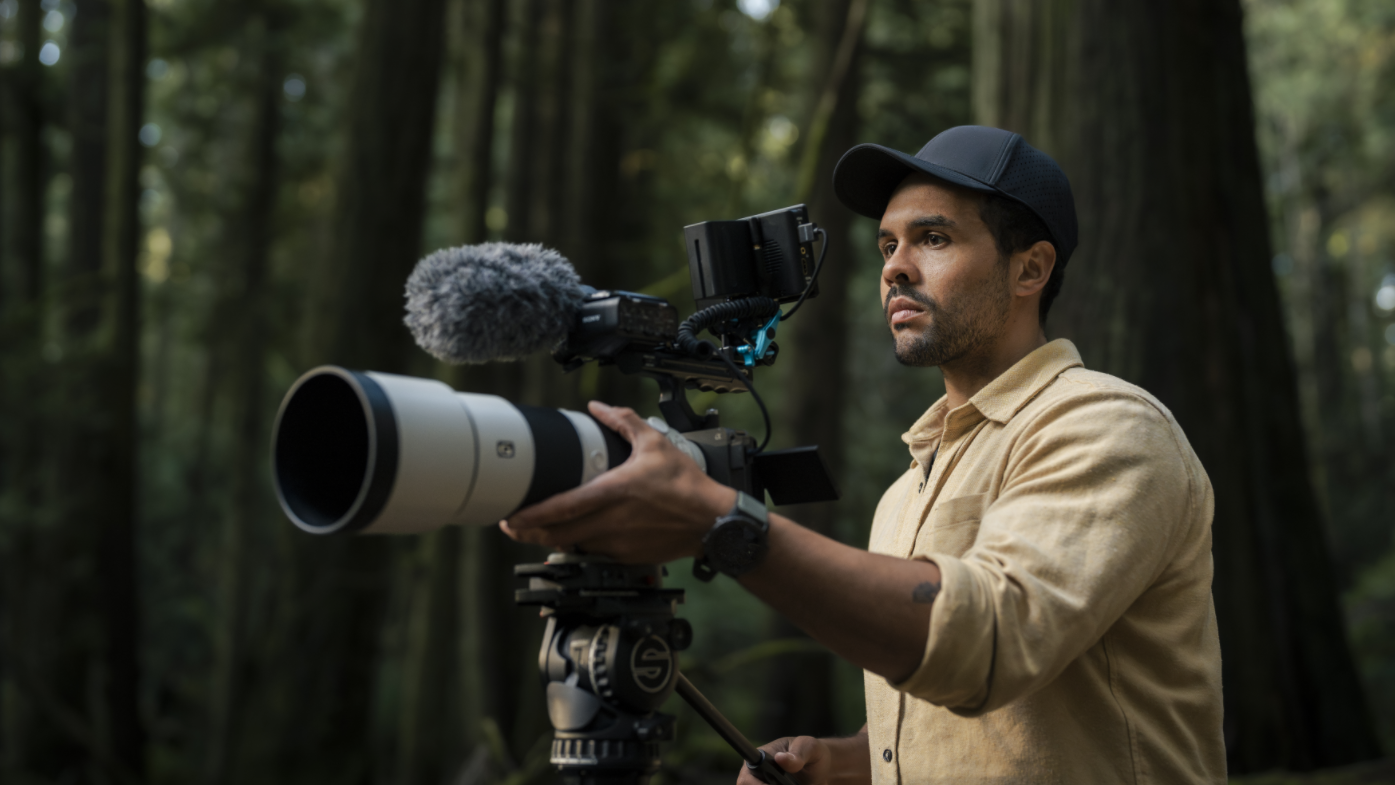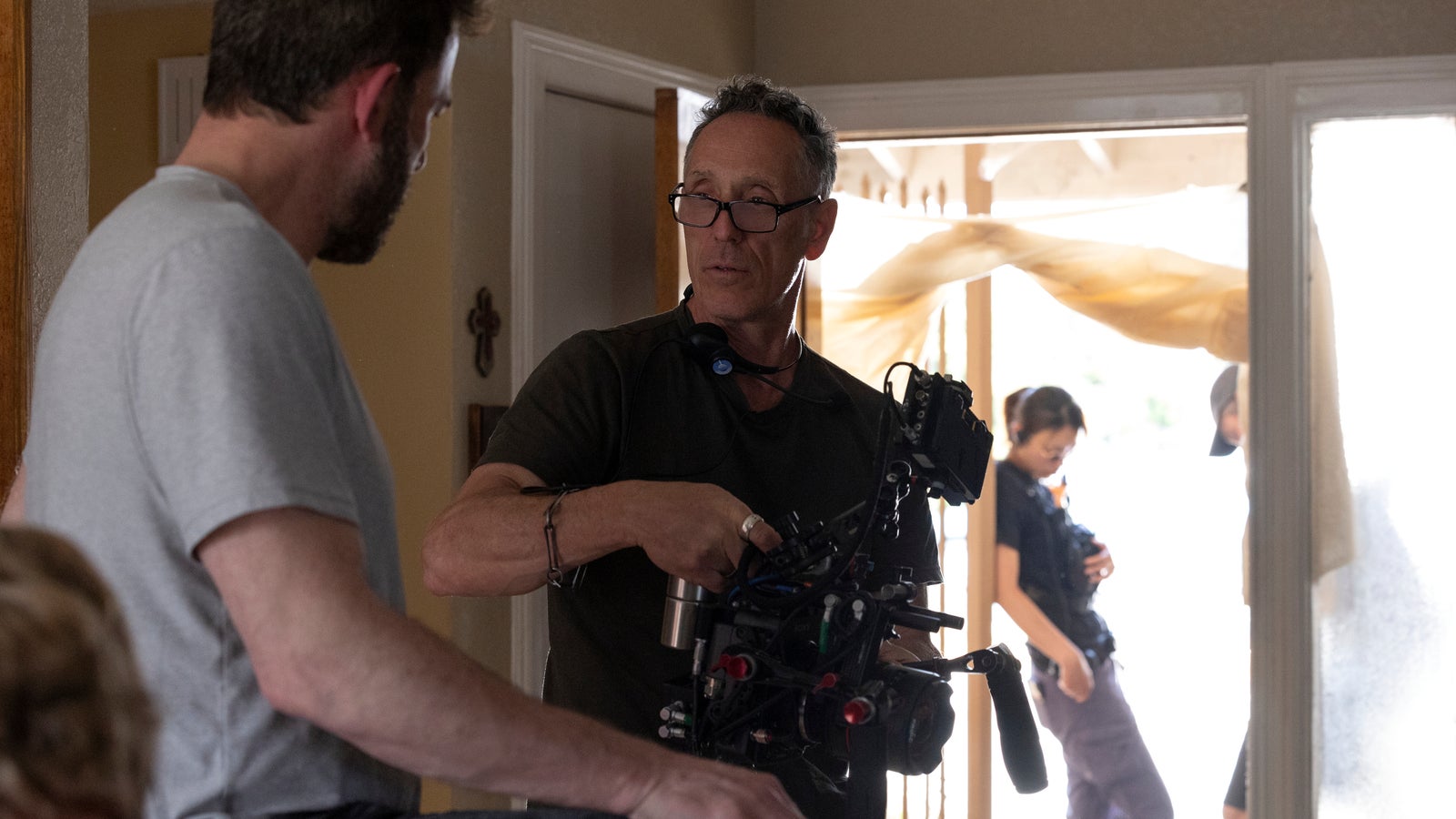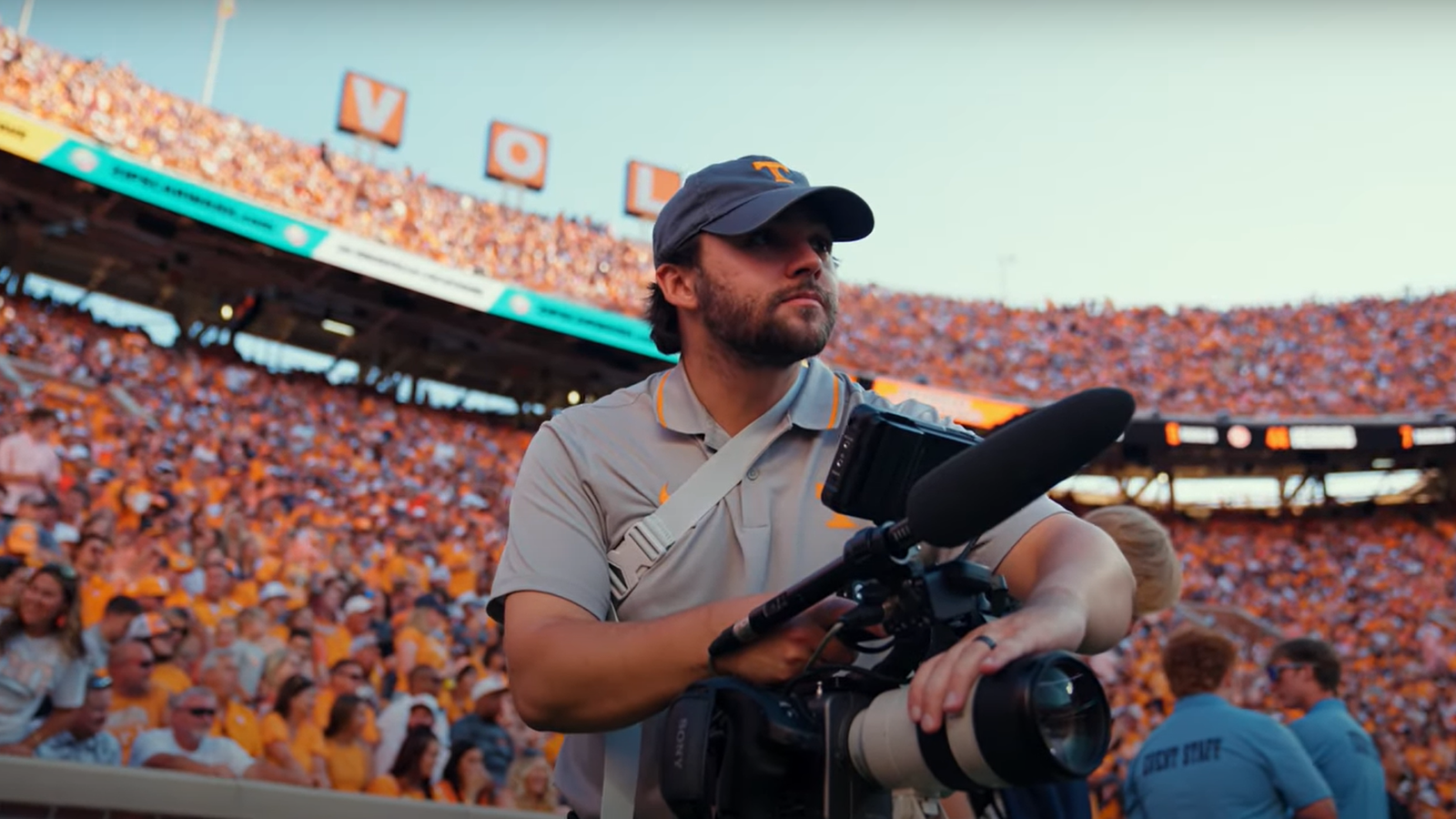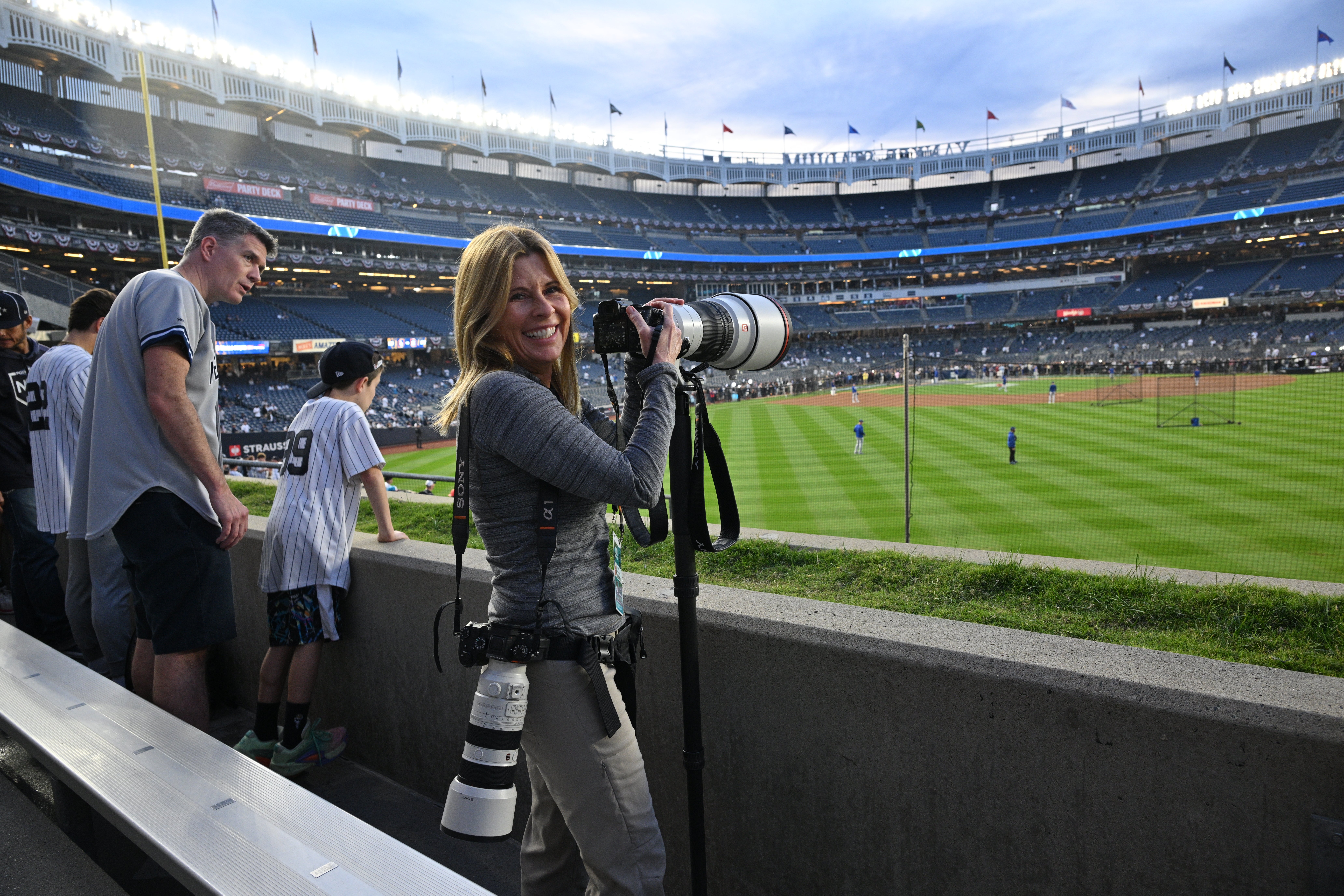
01-05-2025 - Filmmaker Interviews
Acclaimed Photographer Jean Fruth Celebrates Women in Baseball with Sony Cameras
By: Yaroslav Altunin
Jean Fruth is a storyteller. One who paints with pictures, documenting the wonderful game of baseball. As a sport photographer, Fruth finds her home within Major League Baseball, shooting Major League games from Spring Training through the World Series.
Her work is routinely featured in prestige media and has been on exhibit in America’s most eminent historical institutions, including the Abraham Lincoln Presidential Museum, the Smithsonian and the MLB Hall of Fame in Cooperstown, New York. Fruth even helped build the archive of the world-renowned National Baseball Hall of Fame & Museum.
But her craft has also driven the photographer to pursue real life stories at the heart of the game. As co-founder of Grassroots Baseball, a non-profit organization, Fruth and her team strive to promote and celebrate the game all around the world, especially with historically underserved communities.
As part of this mission, Fruth directed and produced the feature-length documentary See Her Be Her. Told in four different languages, this film follows seven women athletes living across three continents and in seven countries. While at the top of their game, they work to build a foundation for future generations of female athletes.
Sony Cine spoke with Fruth and Director of Photography Martin Berthiaume to learn more about these stories, how the project changed lives, and how the Sony Cinema Line helped bring it all to life.
Jean Fruth on Documenting The Heroes of Women’s Baseball
The modern game of baseball can trace its lineage all the way back to the Roman Empire. While variations of the ball and stick game can even be seen in cricket and rounders, American baseball, as its now known, has gripped the globe. You can hear the crack of a bat from South America all the way to Japan and the Philippines.
But for Fruth, baseball has become more than a game and more than a career.
“I reached a point in my life where I wanted to surround my work with purpose,” Fruth said. “It was important to me to make this film, because I wanted to shine a light on the game’s unsung ‘sheroes.’ To give them the visibility they deserve and to create more opportunities for women in baseball.”
“For all the girls and women who see the film, if they can see her, they can dream to one day be her.”
See Her Be Her is Fruth’s first documentary and while the photographer found new challenges to explore, she wanted to bring the wonderful action and gameplay that is often found in her photography. She wanted to tell the story of how she saw the game.
“This is not a just ‘talking heads’ documentary,” Fruth said. “It not only required all the interviews, but also verité scenes, and high-speed game action.”
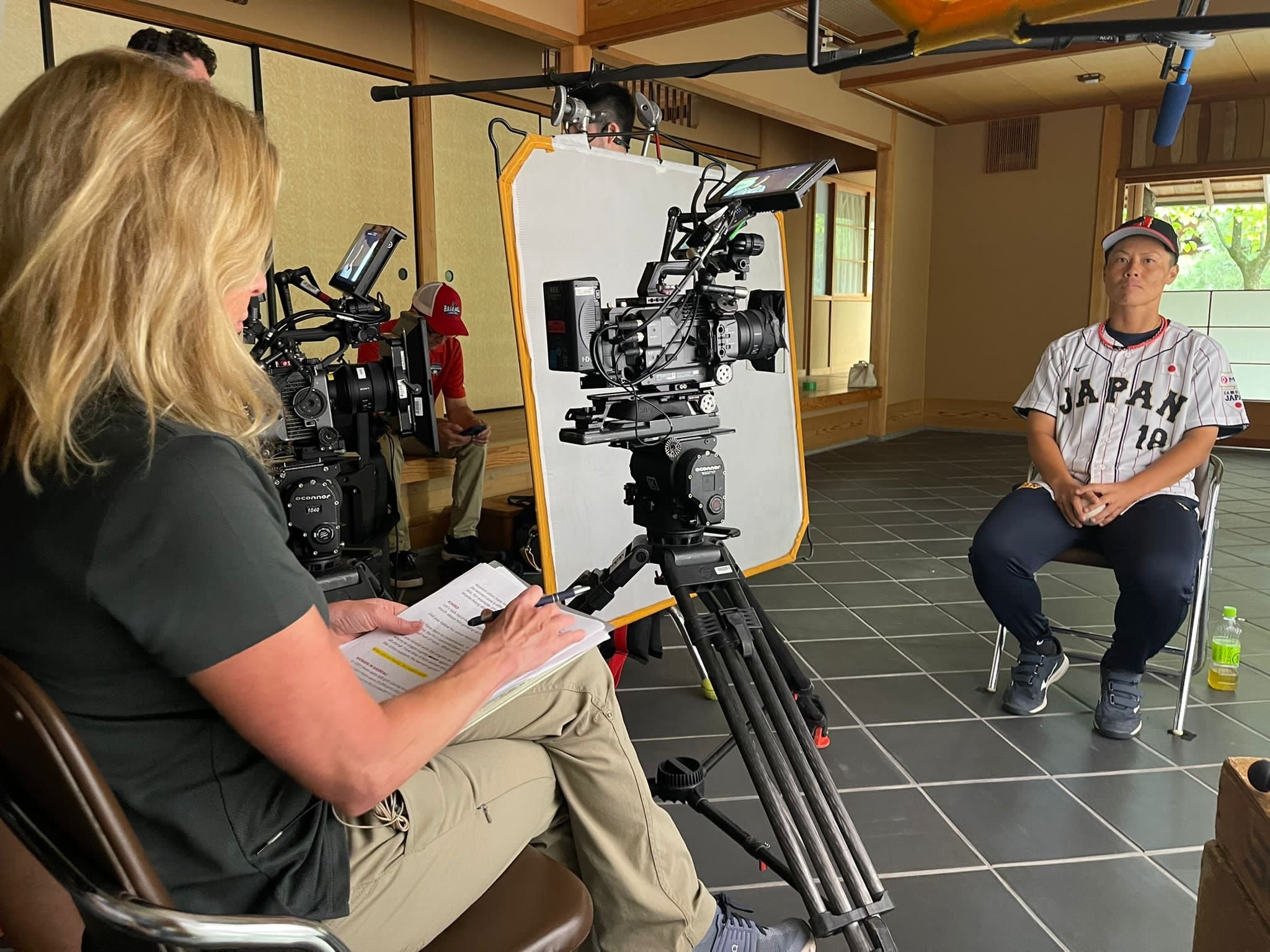
Balancing intimate interviews with action on and off the field required a small team. It wasn’t just about travel requirements and budget, the team needed to be quick on their feet and provide a comfortable setting for subjects. Partnering with Berthiaume early on, Fruth found a creative partner who could provide that support.
“Martin is a seasoned documentarian and cinematographer. He knows how to be a one-man-band,” Fruth said. “It was essential for me to be able to go into homes and conduct intimate interviews to best tell the story. A small crew allowed our ‘sheroes’ and other subjects to feel comfortable and trust us, letting us into their lives without feeling intimidated."
“Working solo, Martin could set up and light interviews in 30 to 40 minutes, while I prepped our subjects,” Fruth added. “He handled filming, lighting, and audio while I conducted the interviews, after which we would quickly switch gears to verité scenes and game action.”
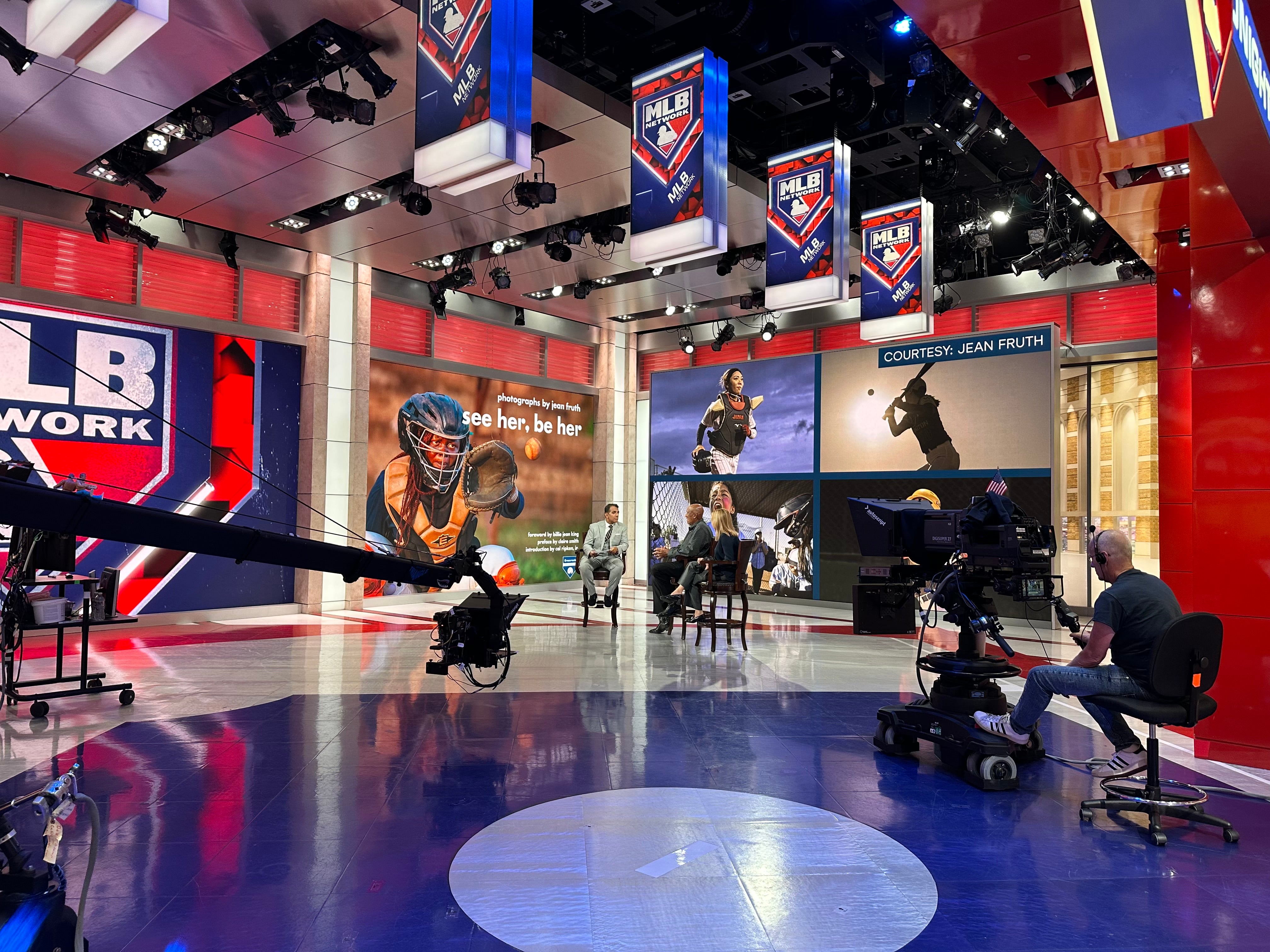
How the Sony FX3 Captured See Her Be Her
Early on, the project utilized the entire Cinema Line. But as Fruth and Berthiaume traveled the globe, the Sony FX3 became their third creative partner.
“Through the United States, Canada, Uganda, South Korea, Puerto Rico and Cuba, we used only FX3s,” Fruth said. “By staying light weight and compact…it gave us the flexibility to move locations quickly while still keeping the same quality and creative expression that we had in earlier shoots.”
This globe-trotting adventure saw the team tackling a wide range of lighting scenarios and locations. From blue hour and direct sunlight to giant stadium lights and traditional practical lights, Fruth and Berthiaume captured interviews, everyday moments, and intense action during games and practice.
“The consistency throughout the Cinema Line is great and enables you to get creative without worrying about matching cameras,” Berthiaume said. “The 15 stops of dynamic range are a must when moving at this pace.”
“It’s been quite rewarding to bring the S-log3 footage into Resolve and see how much detail was maintained from bright skies to shadowy faces on backlit subjects. Shooting a baseball game on a bright sunny day truly highlights how beautiful the color rendition of the Cinema Line sensor is.”
When moving completely to the FX3, Berthiaume was able to match image quality and color and keep up with the demands of international filmmaking without having to worry about stabilization and audio.
“The size of the FX3 was key in moving fast and enabled us to jump from sticks to gimbal in seconds,” Berthiaume said. “Features like autofocus and the audio automation of the UWP-D27 and the SMAD-P5 MI shoe adapter really makes it possible for a single operator to ‘run and gun.’”
“Some of our creative choices included capturing slow-motion action sequences,” Berthiaume added. “Lucky for us, the FX3’s extremely compact camera body can achieve 120fps in UltraHD with a flick of a switch. It looks beautiful and is available at any moment.”
But the toolkit that Fruth and Berthiaume utilized allowed for more than crafting a compelling documentary. As a creative partner, the FX3 gave the team the ability to take advantage of more creative opportunities.
“The FX3 really allowed us to be bolder in public spaces,” Berthiaume said. “Because of our small footprint, we shot on the streets of New York city, San Juan, Havana, Daejon, Miyoshi and even in remote villages outside Kampala in Uganda without ever having to deal with any issues and the attention that comes with big cameras, a large amount of gear, and big crews.”
Jean Fruth on the Stories That Matter
See Her Be Her has now been screened for audiences. With it, Fruth has opened a door to young women who dream of playing sports.
"Making this film was deeply personal for me,” Fruth said. “I started shooting in an era when it wasn’t common to see a woman in the photo wells, a press box, or on a baseball field in any capacity.”
“I understand first-hand the adversity these women continue to face and as I see progress being made and doors opening, I understand the importance of doing my part for the next generation.”
Thanks to Fruth, those dreams aren’t just dreams anymore. By combining imagery crafted by the Sony FX3 with the untold stories of women in sports, See Her Be Her has become the validation many girls have been searching for.
“The continuous stories we are hearing are about a father watching the film with his daughter; the person who cried because she never had the opportunity to play and wrote to thank us for shining a light; and the player in the film who signed a contract because of the visibility she was given. We are just getting started and there is so much further to go. Knowing our cameras—our work—can inspire change, is incredibly rewarding.”
To learn more about crafting a documentary, check out this article: Documentary DP Mark Bone on Storytelling and the FX6
